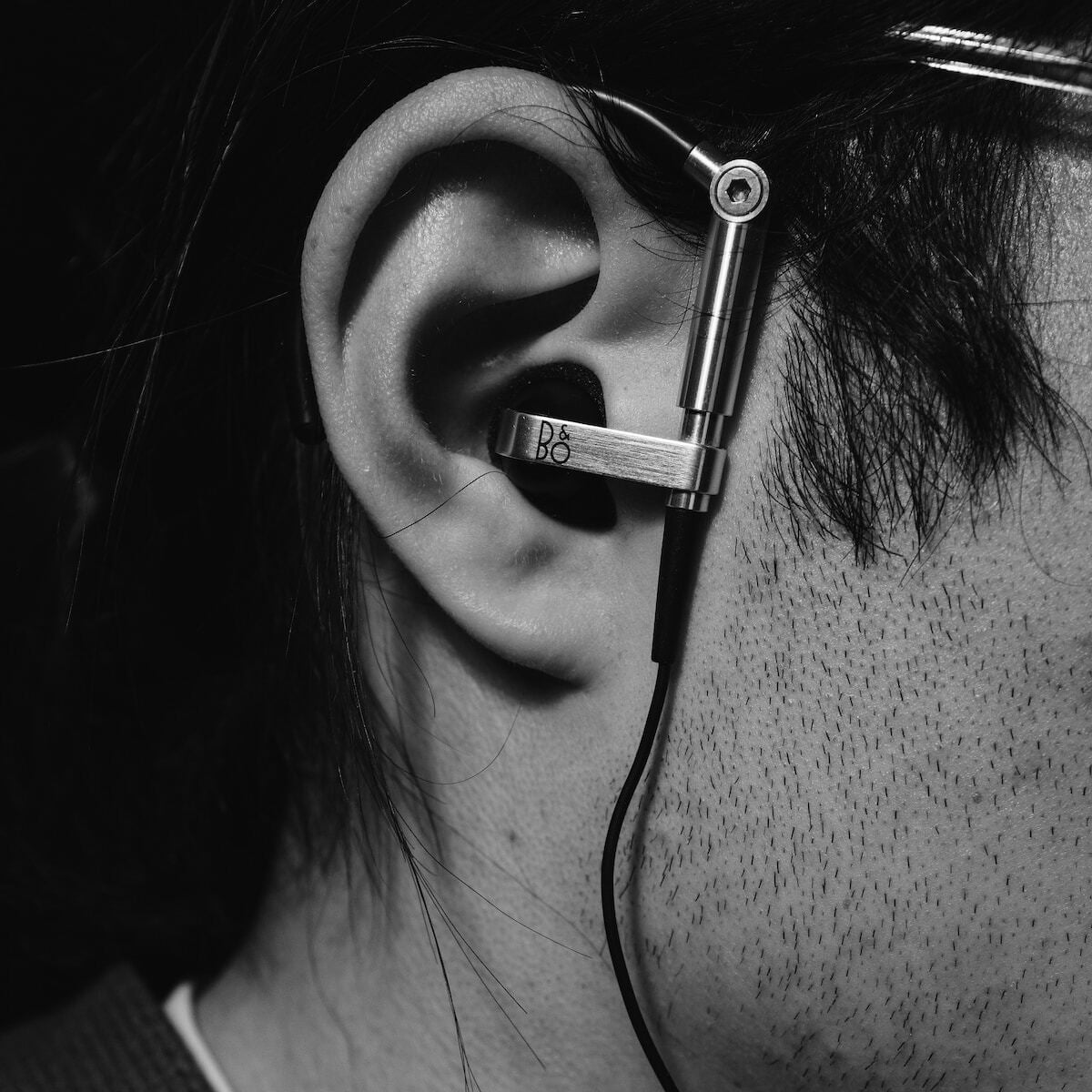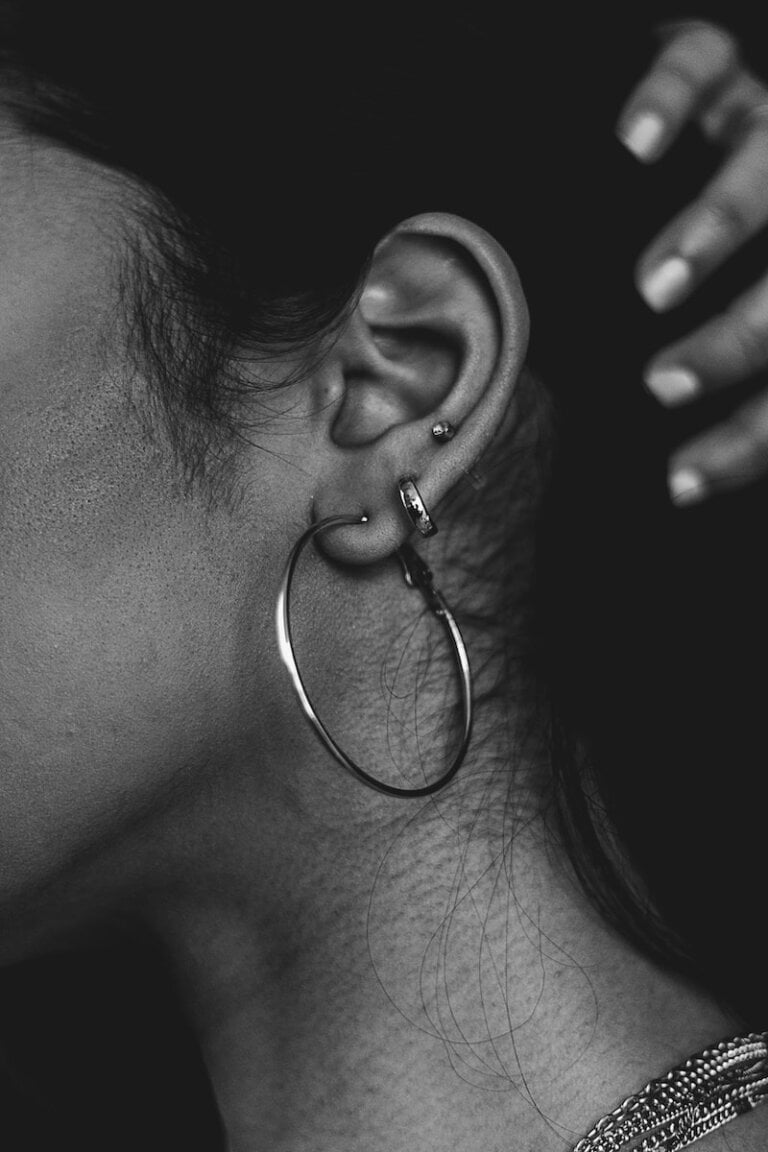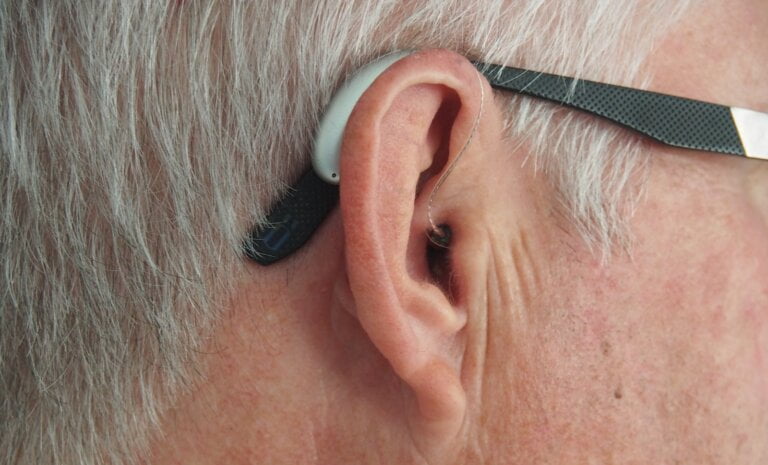From Trouble to Triumph: Success Stories in Manual Instrument Ear Wax Removal
Ear wax is a common problem that affects millions of individuals worldwide. Although the production of earwax is a natural process that helps protect our ears, excessive buildup can lead to various complications and discomfort. Manual instrument ear wax removal has proven to be an effective solution for many individuals struggling with this issue. In this article, we will explore success stories of people who have overcome their ear wax troubles through manual instrument ear wax removal.
Understanding Ear Wax and its Impact
Before delving into success stories, let’s first understand the importance of ear wax and the problems it can cause when it accumulates excessively. Ear wax, also known as cerumen, is a sticky substance produced by glands in the ear canal. It helps protect the ear by trapping dust, debris, and harmful bacteria.
However, when ear wax builds up, it can lead to several issues such as:
- Hearing Loss: Excessive ear wax can block the ear canal, preventing sound waves from reaching the eardrum and causing temporary hearing loss. This can significantly impact an individual’s ability to communicate and enjoy daily activities.
- Earache and Discomfort: Ear wax impaction can cause pain, pressure, and discomfort in the ear. This can make it difficult to concentrate, sleep, or even perform simple tasks.
- Tinnitus: In some cases, a buildup of ear wax can cause ringing or buzzing sounds in the ear, known as tinnitus. This constant noise can be distracting and affect a person’s quality of life.
- Dizziness and Vertigo: When ear wax affects the balance organs in the inner ear, it can result in dizziness and vertigo. This can make it challenging to maintain balance and perform daily activities safely.
To prevent these complications, it is essential to address ear wax impaction promptly and seek appropriate treatment.
Manual Instrument Ear Wax Removal: A Success Story
Case Study: John’s Journey to Clear Hearing
John, a 45-year-old man, had been experiencing a gradual decline in his hearing for several months. He visited his doctor, who diagnosed him with impacted ear wax. Frustrated by his hearing loss and the discomfort it caused, John decided to pursue manual instrument ear wax removal.
The Process
Upon visiting an ear wax removal specialist, John was guided through the entire process. Here’s a step-by-step breakdown of his experience:
- Assessment: The specialist carefully examined John’s ear canal using an otoscope to determine the extent of the ear wax buildup. This initial assessment is crucial in understanding the severity of the impaction and planning the appropriate course of action.
- Preparation: Before proceeding with the removal, the specialist ensured that John’s ear canal was dry and clean. This step helps create a suitable environment for the safe and efficient removal of the ear wax.
- Instrument Selection: Based on the assessment, the specialist selected the appropriate manual instruments for ear wax removal. These instruments included curettes, forceps, or suction devices. The choice of instruments depends on factors such as the consistency of the wax and the patient’s comfort.
- Gentle Removal: The specialist skillfully and gently removed the ear wax using the selected instruments. The procedure was painless, and John experienced immediate relief as the obstruction was cleared. The specialist took care to avoid any damage to the delicate structures of the ear.
- Post-Procedure Care: After the removal, the specialist provided John with instructions on post-procedure care, including ear drops or ear irrigation if necessary. This guidance helps ensure proper healing and minimizes the risk of reinfection or further impaction.
John’s Triumph
Following the manual instrument ear wax removal procedure, John experienced a significant improvement in his hearing. His earache and discomfort vanished, and he was no longer struggling to understand conversations. John’s success story showcases the positive outcomes that can be achieved through this form of treatment.
Benefits and Safety of Manual Instrument Ear Wax Removal
Manual instrument ear wax removal offers several benefits over other methods, such as earwax softening drops or syringing. Here are some of the advantages:
- Effective: Manual instrument ear wax removal is highly effective, providing immediate relief and improved hearing for individuals with impacted ear wax. The precision and control achieved through this method ensure a thorough removal of the wax and a restored auditory experience.
- Customized Approach: Each case of ear wax impaction is unique, requiring a tailored approach. Manual instrument ear wax removal allows the specialist to address the specific needs of the individual. This personalized approach ensures the most optimal outcome for the patient.
- Safe and Controlled: The procedure is performed by trained professionals who prioritize patient safety. The use of manual instruments ensures a controlled and precise removal process, minimizing the risk of complications or injury to the ear. This level of safety is crucial in maintaining the overall well-being of the patient.
- Minimal Discomfort: Patients report minimal to no discomfort during the manual instrument ear wax removal procedure. The expertise of the specialist and the gentle techniques employed contribute to a comfortable experience for the patient. This is particularly important for individuals who may already be experiencing discomfort due to the ear wax impaction.
Precautions and Considerations
While manual instrument ear wax removal is generally safe and effective, there are a few precautions and considerations to keep in mind:
- Seek Professional Help: It is crucial to consult a trained ear wax removal specialist rather than attempting to remove the wax manually at home. Professionals have the knowledge, skills, and specialized tools necessary to perform the procedure safely and effectively.
- Avoid Inserting Objects: Inserting objects such as cotton swabs or bobby pins into the ear canal can lead to further complications and damage. These objects can push the wax deeper into the ear or cause injury to the delicate structures, resulting in pain or infection.
- Underlying Conditions: Individuals with a history of ear infections, perforated eardrums, or other ear-related issues should inform the specialist before the procedure. This information helps the specialist tailor the treatment plan to accommodate any specific needs or potential risks.
- Regular Maintenance: To prevent future ear wax impaction, it is essential to maintain good ear hygiene by regularly cleaning the outer ear with a washcloth and avoiding excessive use of earphones or earplugs. This proactive approach reduces the likelihood of wax buildup and the associated complications.
Conclusion
Manual instrument ear wax removal has successfully transformed the lives of many individuals struggling with ear wax impaction. By understanding the importance of ear wax and seeking professional help, individuals can triumph over their ear wax troubles and regain their hearing abilities. If you are experiencing symptoms of ear wax impaction, don’t hesitate to consult an ear wax removal specialist and embark on your own journey from trouble to triumph.
Note: This article has been edited and improved to provide a comprehensive understanding of manual instrument ear wax removal. The information provided is for educational purposes only and should not replace professional medical advice.
FAQ
Q: What is ear wax?
A: Ear wax, also known as cerumen, is a sticky substance produced by glands in the ear canal. It helps protect the ear by trapping dust, debris, and harmful bacteria.
Q: What are the complications of excessive ear wax buildup?
A: Excessive ear wax buildup can lead to complications such as hearing loss, earache and discomfort, tinnitus (ringing or buzzing sounds in the ear), and dizziness and vertigo.
Q: How does manual instrument ear wax removal work?
A: Manual instrument ear wax removal involves the use of specialized instruments, such as curettes, forceps, or suction devices, to gently and skillfully remove the ear wax. The procedure is performed by an ear wax removal specialist.
Q: What are the benefits of manual instrument ear wax removal?
A: Manual instrument ear wax removal is effective, offers a customized approach, is safe and controlled, and minimizes discomfort for the patient. It provides immediate relief and improved hearing for individuals with impacted ear wax.







